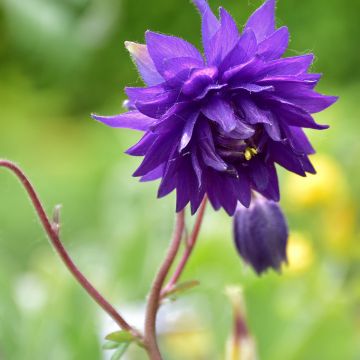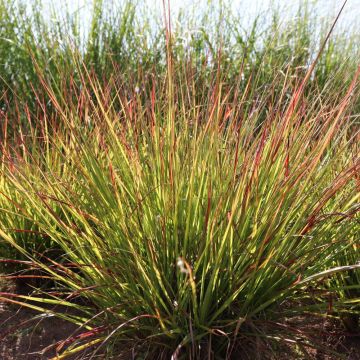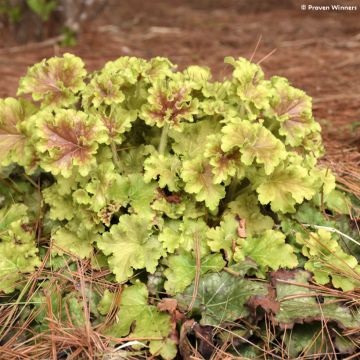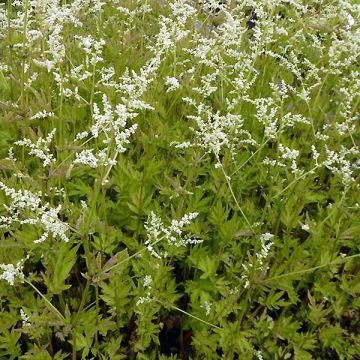

Chelidonium majus


Chelidonium majus
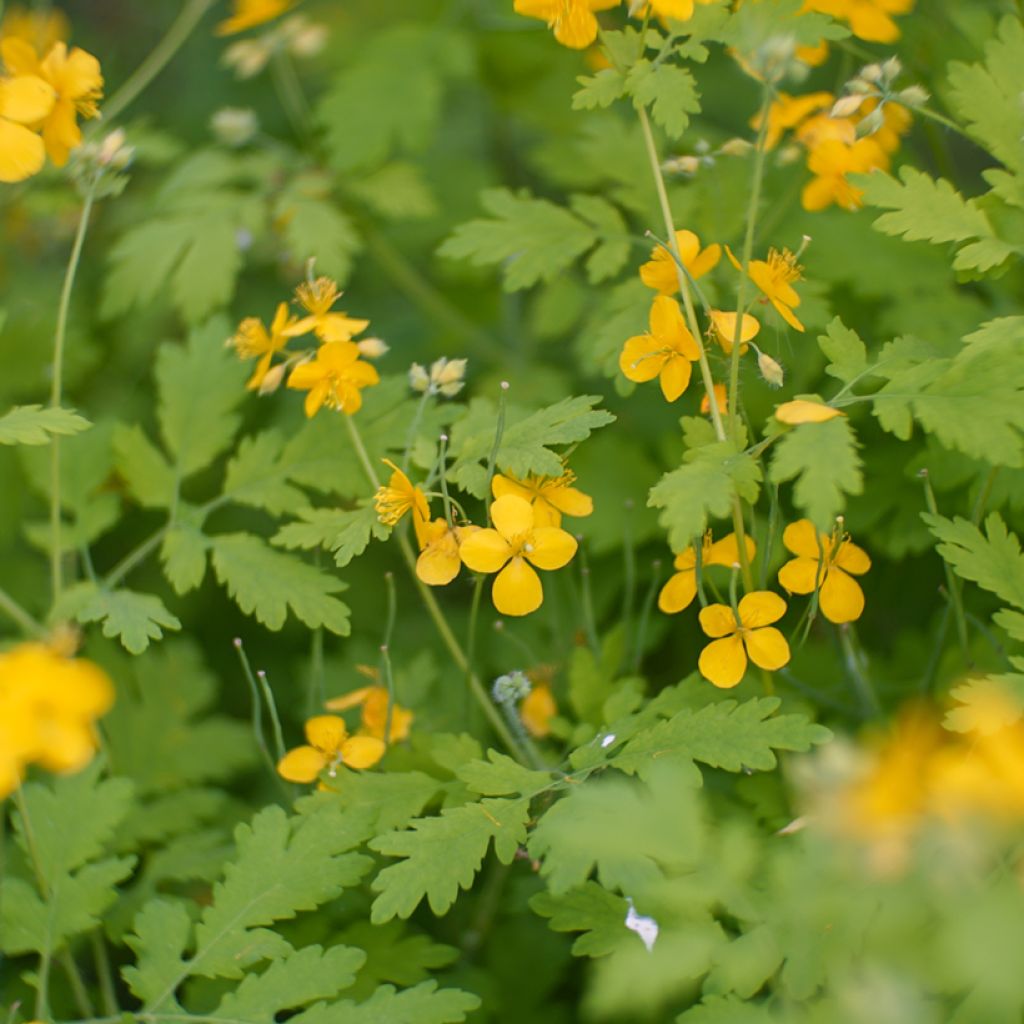

Chelidonium majus


Chelidonium majus
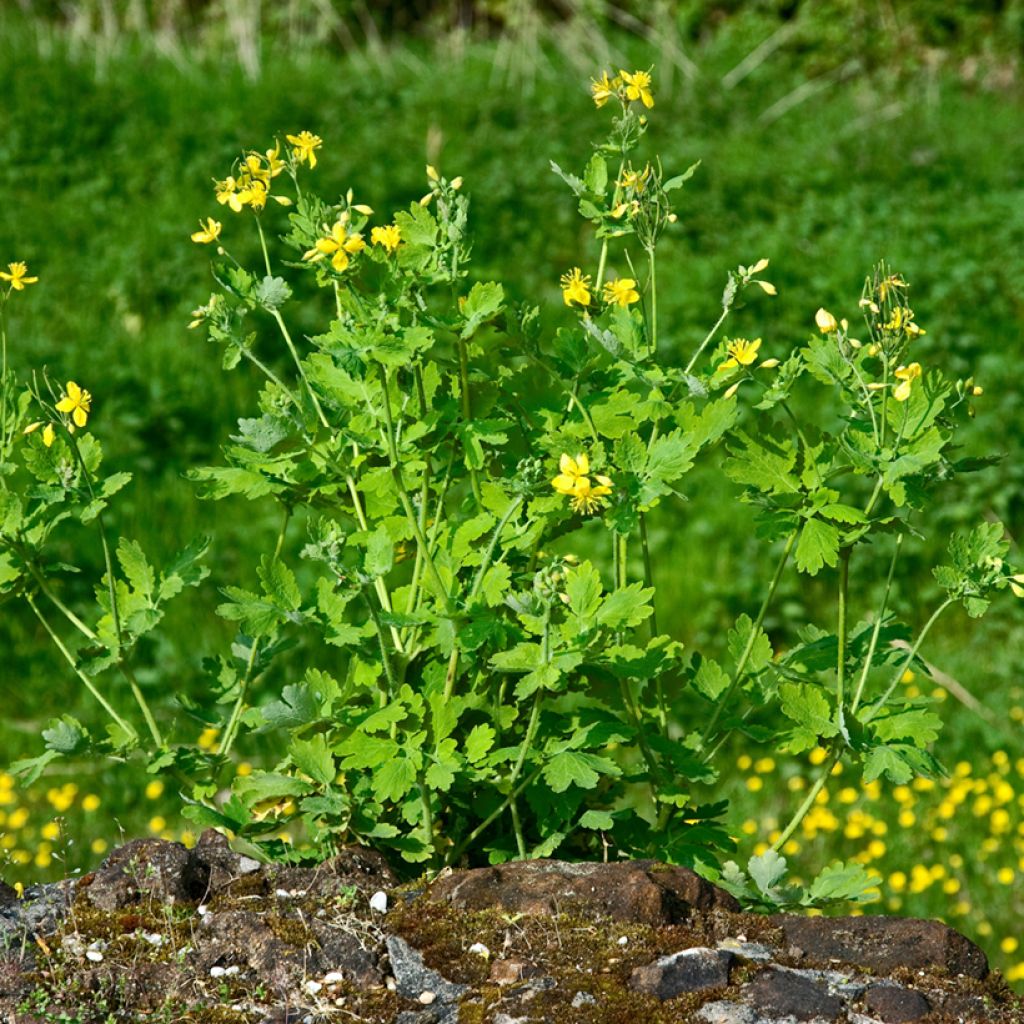

Chelidonium majus


Chelidonium majus


Chelidonium majus
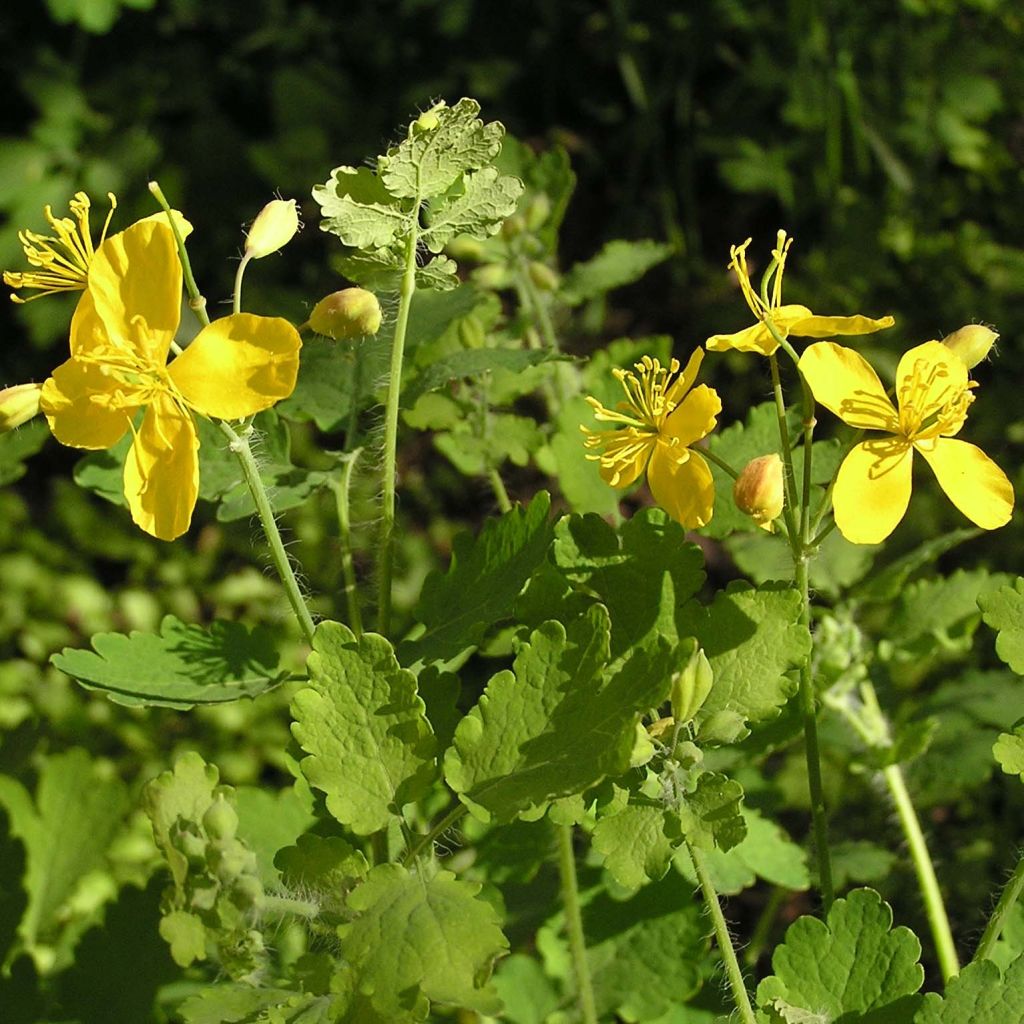

Chelidonium majus


Chelidonium majus


Chelidonium majus


Chelidonium majus
Chelidonium majus
Chelidonium majus
Greater Celandine, Tetterwort
This item cannot be shipped to the selected country
Delivery charge from €5.90
More information
Schedule delivery date,
and select date in basket
This plant carries a 12 months recovery warranty
More information
We guarantee the quality of our plants for a full growing cycle, and will replace at our expense any plant that fails to recover under normal climatic and planting conditions.
From €5.90 for pickup delivery and €6.90 for home delivery
Express home delivery from €8.90.

Does this plant fit my garden?
Set up your Plantfit profile →
Description
Greater Celandine, in Latin Chelidonium majus, also known as tetterwort, wartwort or wart weed, is not a plant that can be found in garden centres, but rather a "weed" that thrives in uncultivated and shady areas, preferably in nitrogen-rich and very alkaline soils. This wild species, very hardy and robust, and which self-seeds freely, forms a clump of deeply cut and lobed leaves of beautiful bluish-green colour and bears umbels of small yellow flowers in spring and summer. It has been considered for centuries as a witch's plant, associated with black magic, and known for its medicinal properties : the malodorous, orange-yellow latex contained in its stems and leaves was used to remove warts.
Chelidonium majus has many vernacular names depending on the region, which are allusions to its appearance or alleged virtues: Greater Celandine, large celandine, devil's herb, witch's milk or demon's milk, goat's herb, swallow's herb, Saint-Clair's herb...It is a perennial herbaceous plant of the Papaveraceae family with a thick underground rhizome. It is common on the Eurasian continent. It is a very hardy plant that grows in limestone and nitrogen-rich soils, from moist to very dry in summer.
Celandine starts growing in spring and its above-ground part disappears in winter, except in mild climates where it persists all year round. Depending on the environmental conditions, wart weed forms a clump of basal rosette leaves from which flowering stems emerge from spring to summer and even autumn depending on the climate, reaching a height of 60 to 90 cm (24 to 35in). The small flowers are arranged in a loose cluster called an umbelliform cyme. They have 4 bright yellow petals and measure about 2 cm (1in) in diameter. The stems are hollow, cylindrical, brittle, and slightly hairy. They bear leaves divided into 5 to 7 ovate segments, strongly incised and lobed, crenate or dentate at the edges. They are soft and slightly glaucous. When broken, the stems and leaves release a yellow-orange sap containing latex, which has a very distinctive, somewhat unpleasant odour. After pollination by insects, the flowers give way to small pods that open when dry to release small black seeds. Ants then scatter them all over the garden. The sap of celandine is toxic, containing about thirty alkaloids that are responsible for its wart-removing action. This latex also destroys calluses and corns on the feet after several applications. Caution: the use of plants should always be done under medical supervision.
Once established in the garden celandine naturalises very easily, since ants take care of "sowing" it everywhere. It is a pretty "weed" that is extremely accommodating and very easy to grow. Use it to fill in the wilder areas of the garden, along with periwinkles, violets, money plants, ornamental strawberries (Pink Panda, Waldsteinia ternata), or forget-me-nots.
Report an error about the product description
Chelidonium majus in pictures






Flowering
Foliage
Plant habit
Botanical data
Chelidonium
majus
Papaveraceae
Greater Celandine, Tetterwort
Western Europe
Other Perennials A to Z
Planting and care
Celandine is a very hardy and undemanding native plant, easy to grow. However it does prefer fairly light, alkaline to very alkaline and nitrogen-rich soil. It will thrive in full sun (in cooler areas) or in partial shade (in hotter regions). Once well established it requires no care or watering, even during summer in the driest regions. It self-seeds abundantly, but the young plants are easy to remove from the soil. Its sap is toxic and can be an irritant to the skin: it is advisable to handle the plant with gloves. In case of contact with the skin, wash your hands thoroughly with soap and hot water.
Planting period
Intended location
Care
-
, onOrder confirmed
Reply from on Promesse de fleurs
Summer flowering perennials
Haven't found what you were looking for?
Hardiness is the lowest winter temperature a plant can endure without suffering serious damage or even dying. However, hardiness is affected by location (a sheltered area, such as a patio), protection (winter cover) and soil type (hardiness is improved by well-drained soil).

Photo Sharing Terms & Conditions
In order to encourage gardeners to interact and share their experiences, Promesse de fleurs offers various media enabling content to be uploaded onto its Site - in particular via the ‘Photo sharing’ module.
The User agrees to refrain from:
- Posting any content that is illegal, prejudicial, insulting, racist, inciteful to hatred, revisionist, contrary to public decency, that infringes on privacy or on the privacy rights of third parties, in particular the publicity rights of persons and goods, intellectual property rights, or the right to privacy.
- Submitting content on behalf of a third party;
- Impersonate the identity of a third party and/or publish any personal information about a third party;
In general, the User undertakes to refrain from any unethical behaviour.
All Content (in particular text, comments, files, images, photos, videos, creative works, etc.), which may be subject to property or intellectual property rights, image or other private rights, shall remain the property of the User, subject to the limited rights granted by the terms of the licence granted by Promesse de fleurs as stated below. Users are at liberty to publish or not to publish such Content on the Site, notably via the ‘Photo Sharing’ facility, and accept that this Content shall be made public and freely accessible, notably on the Internet.
Users further acknowledge, undertake to have ,and guarantee that they hold all necessary rights and permissions to publish such material on the Site, in particular with regard to the legislation in force pertaining to any privacy, property, intellectual property, image, or contractual rights, or rights of any other nature. By publishing such Content on the Site, Users acknowledge accepting full liability as publishers of the Content within the meaning of the law, and grant Promesse de fleurs, free of charge, an inclusive, worldwide licence for the said Content for the entire duration of its publication, including all reproduction, representation, up/downloading, displaying, performing, transmission, and storage rights.
Users also grant permission for their name to be linked to the Content and accept that this link may not always be made available.
By engaging in posting material, Users consent to their Content becoming automatically accessible on the Internet, in particular on other sites and/or blogs and/or web pages of the Promesse de fleurs site, including in particular social pages and the Promesse de fleurs catalogue.
Users may secure the removal of entrusted content free of charge by issuing a simple request via our contact form.
The flowering period indicated on our website applies to countries and regions located in USDA zone 8 (France, the United Kingdom, Ireland, the Netherlands, etc.)
It will vary according to where you live:
- In zones 9 to 10 (Italy, Spain, Greece, etc.), flowering will occur about 2 to 4 weeks earlier.
- In zones 6 to 7 (Germany, Poland, Slovenia, and lower mountainous regions), flowering will be delayed by 2 to 3 weeks.
- In zone 5 (Central Europe, Scandinavia), blooming will be delayed by 3 to 5 weeks.
In temperate climates, pruning of spring-flowering shrubs (forsythia, spireas, etc.) should be done just after flowering.
Pruning of summer-flowering shrubs (Indian Lilac, Perovskia, etc.) can be done in winter or spring.
In cold regions as well as with frost-sensitive plants, avoid pruning too early when severe frosts may still occur.
The planting period indicated on our website applies to countries and regions located in USDA zone 8 (France, United Kingdom, Ireland, Netherlands).
It will vary according to where you live:
- In Mediterranean zones (Marseille, Madrid, Milan, etc.), autumn and winter are the best planting periods.
- In continental zones (Strasbourg, Munich, Vienna, etc.), delay planting by 2 to 3 weeks in spring and bring it forward by 2 to 4 weeks in autumn.
- In mountainous regions (the Alps, Pyrenees, Carpathians, etc.), it is best to plant in late spring (May-June) or late summer (August-September).
The harvesting period indicated on our website applies to countries and regions in USDA zone 8 (France, England, Ireland, the Netherlands).
In colder areas (Scandinavia, Poland, Austria...) fruit and vegetable harvests are likely to be delayed by 3-4 weeks.
In warmer areas (Italy, Spain, Greece, etc.), harvesting will probably take place earlier, depending on weather conditions.
The sowing periods indicated on our website apply to countries and regions within USDA Zone 8 (France, UK, Ireland, Netherlands).
In colder areas (Scandinavia, Poland, Austria...), delay any outdoor sowing by 3-4 weeks, or sow under glass.
In warmer climes (Italy, Spain, Greece, etc.), bring outdoor sowing forward by a few weeks.



































